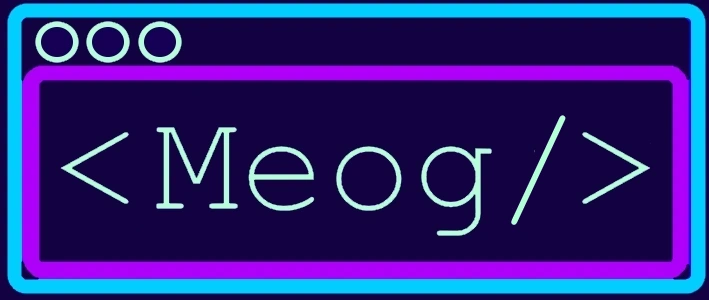How Meog got indexed on Search Engines
Howdy! Welcome to this post.
When you put a website online, you expect it to immediately pop up on Google and other search engines... but getting noticed requires a bit of manual work instead.
Currently, Meog is already showing up in major search results, thanks to a few essential tools and files. If you type the name "meog" into Google, Bing, DuckDuckGo, Yahoo, Ecosia, or Qwant, it's generally listed among the top three results.
Direct Communication with Search Engines
The initial visibility was achieved by directly communicating with the search engines:
- Google Search Console (GSC): This tool was used to submit the site to Google, asking them to "crawl" (read) and index the pages.
- Bing Webmaster Tools (BWT): The same submission process was done on Bing. Submitting to Bing is a great strategy because it automatically helps smaller search engines find and index your site as well.
Essential Files for Bots
Beyond direct submission, two critical files were created to facilitate the work of the search engine "bots":
robots.txt: Created using a tool like SEOptimizer, this file tells the crawlers which parts of the site they can and cannot visit. It’s like a digital "Do Not Enter" sign for sensitive areas, ensuring the bots focus on the important content.sitemap.xml: Generated via a tool like XML-Sitemaps, this file lists every single page on the site. It’s essentially a roadmap given directly to Google and Bing, ensuring no page is missed. The link to this file was submitted directly to both GSC and BWT.
By following these steps, your site will become visible to search engines as quickly as possible (usually within 48 hours for the initial operation).
Thank you for reading this post. Have a great day!
